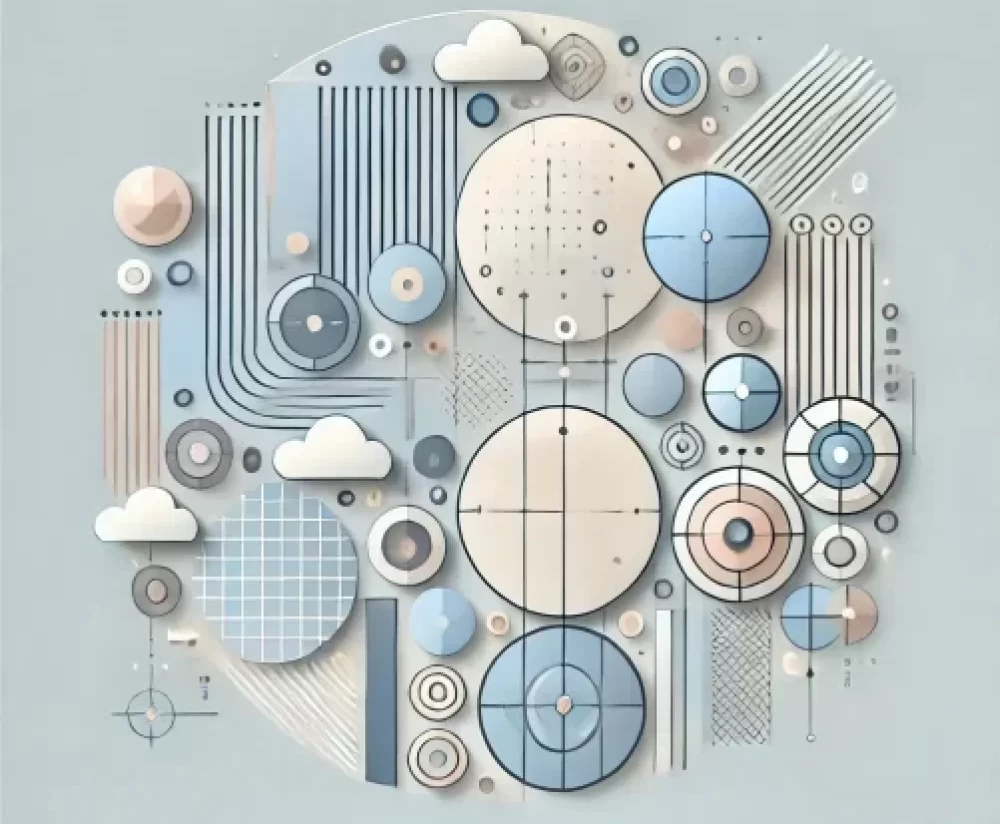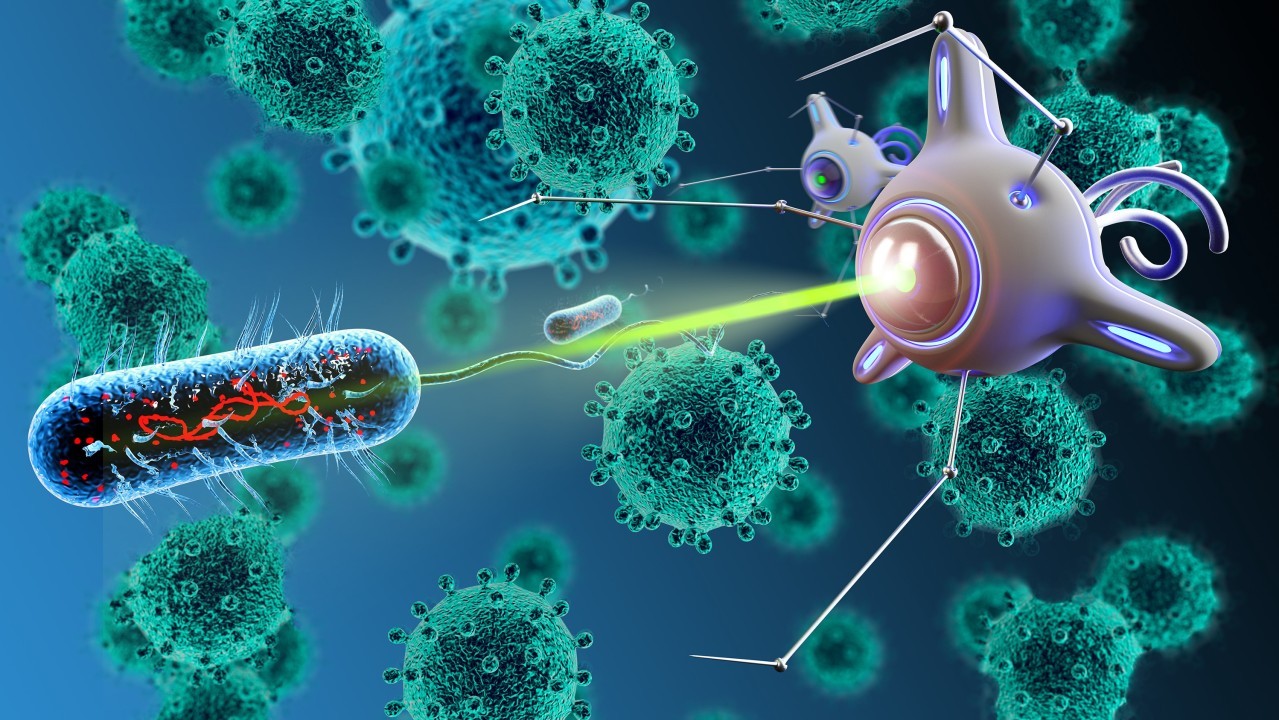In the intricate dance between biology and technology, biofabrication emerges as a transformative force, promising to reshape our world at its very core. This groundbreaking field holds the potential to revolutionize our lives in ways previously unimaginable. Let’s delve deeper into the fundamentals of biofabrication and explore its profound implications for the future.
Understanding Biofabrication: A Fusion of Nature and Innovation
At its essence, biofabrication represents the synergy of biological processes and technological innovation. Unlike traditional manufacturing methods, which often rely on synthetic materials, biofabrication harnesses the power of living organisms to engineer materials and products. Central to this paradigm is 3D bioprinting, a cutting-edge technique that meticulously constructs objects layer by layer using living cells, biocompatible materials, and growth factors.
The possibilities are awe-inspiring. Picture a 3D printer not churning out lifeless trinkets but intricately crafting living tissues, organs, and even consumables. This convergence of biology and technology opens doors to a future where the boundaries between the natural and the artificial blur, ushering in a new era of possibilities.
The Revolutionary Power of 3D Bioprinting
At the heart of biofabrication lies 3D bioprinting, a technique that has taken center stage in pushing the boundaries of what is achievable. Imagine the potential to create organs on demand, eliminating the agonizing wait for life-saving transplants. This novel approach enables the production of “bio-inks” tailored to specific purposes, facilitating the creation of intricate tissues that mimic the complexity of organs.
Groundbreaking Examples in Biofabrication
- Printing a Mini-Kidney: Researchers at Cornell University achieved a remarkable feat by bioprinting a miniature kidney. Upon implantation in mice, this engineered organ not only produced urine but also effectively filtered waste—a significant stride toward personalized organ transplants.
- Cultivating Customized Meat: Companies such as Memphis Meats are redefining the landscape of food production by growing meat directly from animal cells. This approach not only offers a sustainable alternative but also holds the promise of a healthier and more ethical future for food consumption.
- Crafting Living Biotextiles: Imagine clothing woven from cells that dynamically adapt to your body’s temperature or bandages that actively contribute to the healing process. Companies like Modern Meadow are pioneering the fusion of fashion and biofabrication, envisioning a future where our attire is not just a static piece but a living extension of ourselves.
The Expansive Potential of Biofabrication
The impact of biofabrication extends far beyond the laboratory, holding the potential to revolutionize several aspects of our lives:
- Medicine: Biofabrication could redefine healthcare by providing solutions to organ shortages, creating functional tissues for transplants, and engineering personalized drug delivery systems.
- Food Security: The prospect of personalized nutrition grown at home could not only reduce food waste but also ensure that everyone has access to healthy sustenance tailored to their individual needs.
- Environmental Sustainability: Biofabricated materials, designed to biodegrade, could play a pivotal role in reducing pollution and waste associated with conventional manufacturing processes.
Navigating Challenges on the Path Ahead
While the promises of biofabrication are tantalizing, challenges loom on the horizon. Ethical considerations surrounding the use of living cells, ensuring the safety and seamless integration of biofabricated products, and promoting equitable access to this transformative technology are critical aspects that demand careful navigation.
Shaping a Future with Living Threads
Beyond the challenges lies the vast potential of biofabrication—a future where biology and technology converge to shape a world that is healthier, more sustainable, and uniquely human. In this future, the act of creation transcends the mere construction of objects; it involves the very essence of life itself.
This article provides only a glimpse into the captivating world of biofabrication. As research progresses and technology advances, the possibilities become even more astonishing. Stay informed, stay curious, and actively engage in the ongoing conversation about shaping a future where living threads weave a brighter tomorrow. The story of biofabrication is unfolding, and the future it envisions is nothing short of extraordinary.




